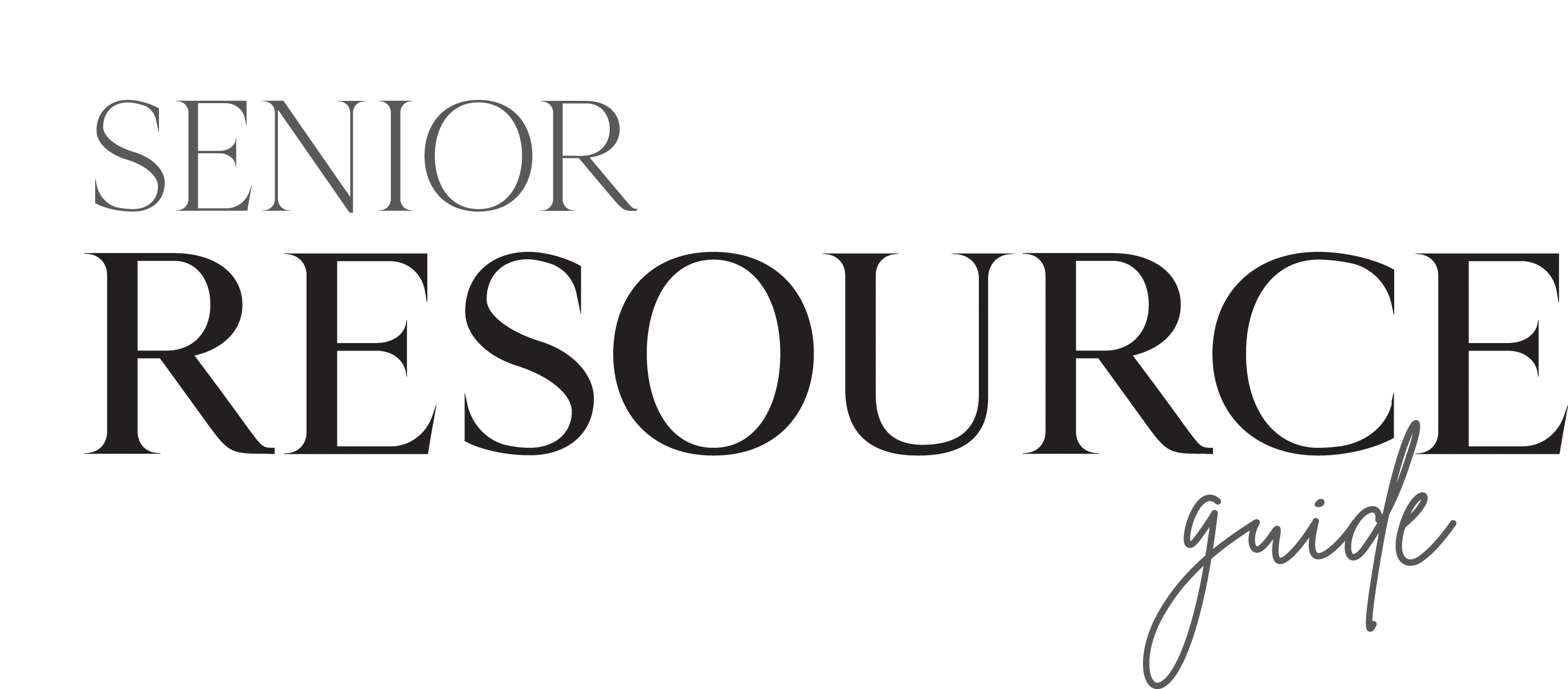
Suicide attempts by older adults are much more likely to result in death than attempts among younger persons and the highest rate is among men 85 and older.
Several factors increase this risk:
- Older adults plan more carefully and use more deadly methods
- Older adults are less likely to be discovered and rescued
- The physical frailty of older adults means they are less likely to recover from an attempt
Those who work closely with older adults need to be able to recognize and respond to immediate signs of suicide risk. By supporting the well-being of older adults and ensuring that those at risk for suicide are identified and receive the treatment they need, suicide can be prevented.
Risk factors are the medical and mental health conditions, personal characteristics, life circumstances, and situations that influence or are associated with a higher likelihood of problem outcomes such as suicide. Risk factors for older adults include depression and other mental health issues, substance abuse, physical illness, disability, pain as well as current life circumstances such as social isolation, living alone, loss of family member(s) or spouse, lack of close relationships, and financial problems.
Some behaviors may indicate that an older adult is at immediate risk for suicide. These three signs should prompt you to act right away:
- Talking about wanting to die or kill oneself
- Looking for a way to kill oneself, such as searching online or obtaining a gun
- Talking about feeling hopeless or having no reason to live
If you see any of the signs of immediate suicide risk, take the following steps right away:
- Contact a mental health professional or the National Suicide Prevention Lifeline (1-800-273-8255).
- If the person is in immediate danger of attempting suicide, call 911.
- Stay with the person until he or she has been connected to further help. Talk with the person in a supportive way.
Other behaviors may also indicate a serious—although less immediate—risk, especially if the behavior is new; has increased; and/or seems related to a painful event, loss or change. Examples include talking about feeling trapped or in unbearable pain; being a burden to others; increasing the use of alcohol or drugs; acting anxious or agitated; behaving recklessly; sleeping too little or too much; withdrawing or feeling isolated; showing rage or talking about seeking revenge; and displaying extreme mood swings.
To help older adults who are not at immediate risk for suicide but about whom you are concerned, you can take these steps:
- Talk with the individual in a supportive and caring way.
- Encourage the individual to see a mental health professional and offer to provide him or her with a referral.
- Suggest that the individual connect with family or friends who can provide ongoing support.
- Continue to stay in contact with the individual and provide encouragement.
This article brought to you by Kingwood Pines Hospital.


